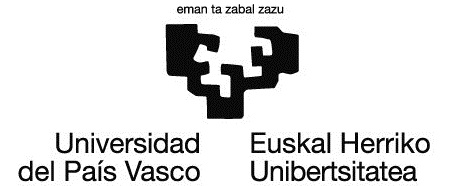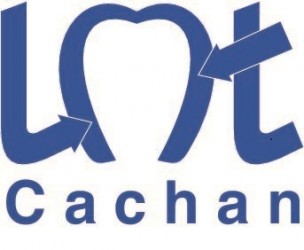Abstract:
The use of renewable generation represents a key pillar of the European energy strategy for the reduction of the greenhouse gas emissions and the fossil energy consumption as well for improving the security of energy supply. However, this integration encounters major barriers such as the high variation in the amount of renewable energy generation as well as the high complexity of the energy system, which must meet the energy demand and ensure the balance between the energy demand and energy supply from increasing resources. The Smart Energy Technology is based on energy system monitoring including energy production, energy transport and distribution as well as the energy demand and supply. Historical data are used to establish reliable prediction model for the energy system and to ensure the balance between energy availability, energy demand and storage capacity. The real-time monitoring allows to improve the energy system security and the integration of renewable energy. The paper will present successively the challenges of the renewable energy integration, the smart energy system and how this system favorites the integration of the renewable energy.
Isam Shahrour is a graduate of the Ecole Nationale des Ponts et Chaussées. He is a professor at the University of Lille and director of the Civil and geo-Environmental Engineering Laboratory (LGCgE). He coordinates the SunRise Smart City project, which aims at building a large-scale demonstrator of the Smart and Sustainable City. He was Vice-President "Research" of the University Lille1 and President of Technopole Lille Métropole (TLM). He is author of more than 100 journal papers and has supervised 70 PhD thesis. He gave about fifteen invited conferences on "Smart City", including two TEDx talks (Lille 2014 and Sciences Po Paris 2015).







